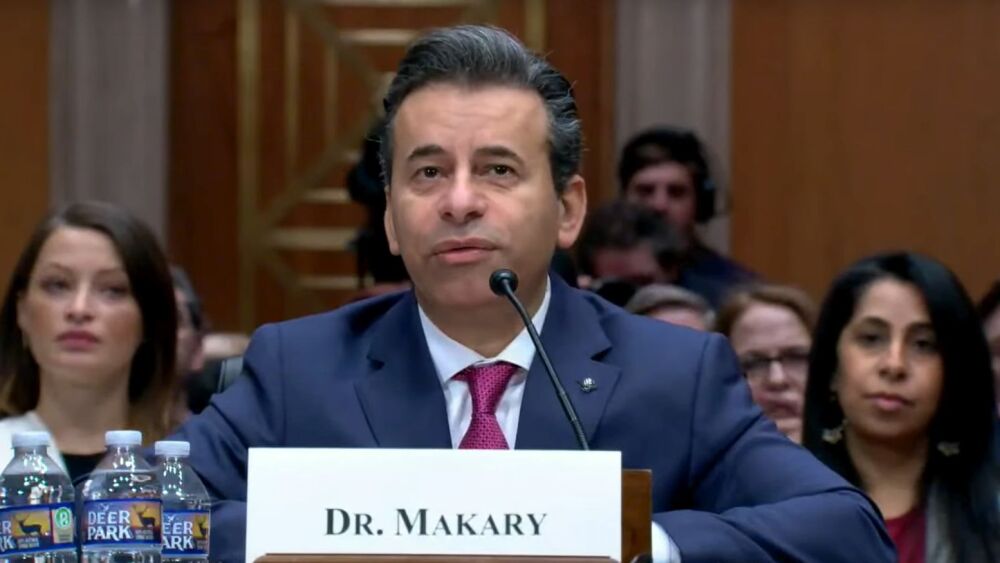After identifying structural variations in the 19-gauge filter needle included in some eye injection kits, Apellis has advised doctors to only use 18-gauge kits already in circulation and that will be distributed.
Pictured: Syringe drawing up drug from vial/iStock, Kuzmik_A
After being flagged for safety concerns in July, Apellis has now identified the needle as a possible cause of the cases of severe eye inflammation in patients receiving the company’s recently approved geographic atrophy injection. In a press release Tuesday, Apellis indicated “internal structural variations were identified” in the 19-gauge filter needle included in certain injection kits for Syfovre.
Syfovre was the first ever treatment approved for geographic atrophy (GA) secondary to age-related macular degeneration (AMD). The complement inhibitor targets C3 to regulate downstream immune responses and treat the condition. Filter needles are used to withdraw the drug from the vial when prepping for the procedure.
A prior statement from the company said, “there is no indication that the drug product or manufacturing issues contributed to these events.” However, Apellis’ latest statement suggests a specific needle included in “certain injection kits” could be to blame.
At the same time, “a causal relationship has not been established between the structural variations in this 19-gauge filter needle and the rare events of retinal vasculitis in the real world,” Tuesday’s press release said.
Over 100,000 vials of Syfovre have been distributed, including those administered in clinical trials. The company confirmed eight cases of retinal vasculitis, a potentially blinding side effect when severe, which all occurred after the drug’s approval.
Apellis recommends doctors stop using the 19-gauge kits and instead use kits with the 18-gauge filter needle, which are already in distribution. This needle type will now be distributed exclusively.
Investors seem pleased with this explanation of the safety concerns. Shares of Apellis were up 33% in after-hours trading.
Pegcetacoplan, branded as Syfovre for GA and Empaveli for paroxysmal nocturnal hemoglobinuria, is the only approved molecule for Apellis so far. A safety concern with the C3 therapy itself would potentially be quite a blow to the company.
Iveric Bio’s Izervay was approved earlier this month for GA secondary to AMD. Izervay is a C5 inhibitor that slowed disease progression as early as six months with up to a 35% reduction in the first year of treatment.
The GA market size is projected to grow to $68.5 billion by 2029.
Kate Goodwin is a freelance life science writer based in Des Moines, Iowa. She can be reached at kate.goodwin@biospace.com and on LinkedIn.






